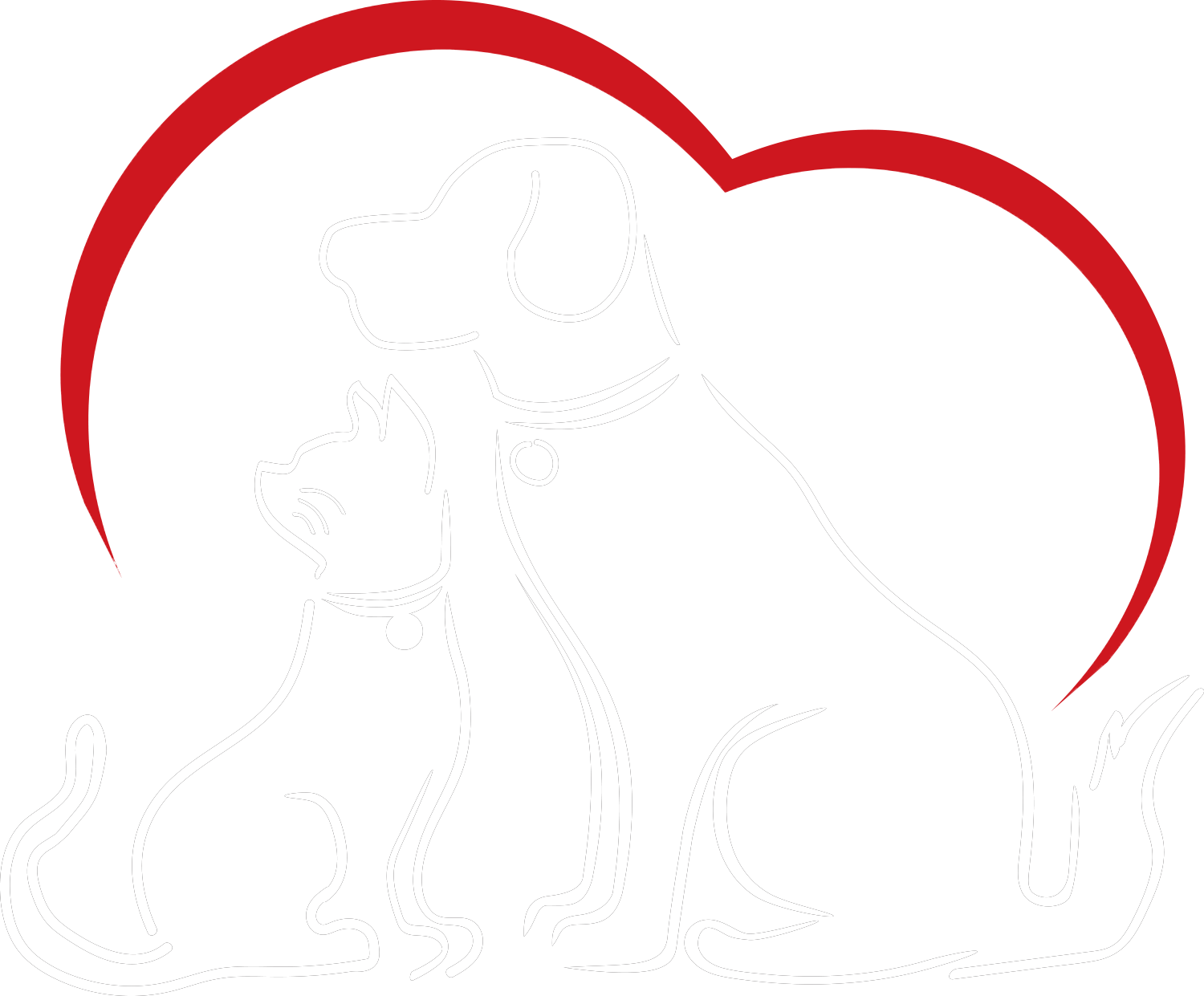A young adult male cat arrives at the hospital in extreme pain because he can’t empty his bladder. Unfortunately, this is all-too common a scenario for many veterinary hospitals.
These obstructed or “blocked” cats have often shown subtle signs of urinary discomfort before coming to the clinic including:
-
- Spending a lot of time in the litterbox but producing little urine
- Urinating outside the litterbox
- Decreased interaction or increased clinginess with their owners.
- Bloody urine
- Frequent licking of the genital area
- Crying when urinating
That said, an obstructed or possibly obstructed cat is always considered an emergency. If you see any of these signs, contact us for an appointment right away!
How is an obstruction diagnosed?
Diagnostic tests are important to guide best care:
- Blood and urine tests to check for elevated kidney values, electrolyte disturbances and signs of urinary tract infection.
- X-rays (radiographs) to look for urinary stones or other abnormalities.
What treatment is provided for an obstructed cat?
- Pain medication and relief of the obstruction, done by placing a urinary catheter through a cat’s urethra into their bladder.
- In severe cases this may be performed without anesthesia, but most cats will require some degree of sedation and all cats will need pain control.
- Cats often need to be hospitalized, and the urinary catheter is typically left in place for 24-48 hours.
- Intravenous fluids and supportive medications will be provided during this time.
- If there were abnormalities in the pet’s lab test results, the tests will be repeated to ensure measured levels are returning to normal.
Pets are often continued on medications (including pain medication) for one to two weeks or longer to try to prevent recurrence of obstruction. We will recommend special prescription diets to reduce urinary crystal formation (often the cause of a urinary blockage), and to increase water intake.
Why do cats become obstructed?
Feline urinary obstruction is a severe sign of Feline Lower Urinary Tract Disease (FLUTD).
Cats commonly affected by FLUTD include:
- Young to middle-aged cats
- Overweight or inactive cats
- Cats who live with other cats (in a multi-cat household)
- Those who have previously had bladder or urination issues
- Cats who tend to display anxious or nervous behaviour
Male cats are more likely to experience urinary obstruction compared to female cats due to their anatomical differences. The male urethra is long, narrow, and “s-shaped,” creating lots of areas for mucus, cells, and crystals to collect. In comparison, the female urethra is short, straight, and wide, making it easier for sediment to move out of the body.
If your cat experiences repeated obstructions, a surgery called a perineal urethrostomy (PU) may be recommended. This surgery creates a shorter urethra, similar to a female cat’s anatomy, resulting in less potential for obstruction.
FLUTD can be caused by, or related to, one or more of the following:
- Feline idiopathic cystitis (FIC)
- Bladder infections or inflammation
- Bladder stones/crystals
- Urethral plugs
- Certain neurologic disorders
- Anatomic abnormalities, such as a deficient bladder lining or damaged urethra
- Benign tumors or cancer of the urinary tract (uncommon)
- Diabetes
- Hyperthyroidism
FIC is one of the most common causes of FLUTD and obstruction. Although the term idiopathic means unknown cause, FIC is believed to be related to stress and anxiety that contributes to nerve-related inflammation. Cats with FIC appear to have an abnormality of the bladder lining that can cause increased pain sensitivity, as well as an inappropriate response to stress resulting in lower urinary tract discomfort. Dr. Zak will recommend specific treatment that includes changes to your cat’s environment to relieve stress.
Reducing or eliminating stressors may involve:
- Keeping a regular daily schedule for feeding, rest/sleep, and play/affection.
- Making any necessary changes in routine slowly.
- Being consistent with “rules” for your cat.
- Scooping litterboxes regularly to keep them clean (at least once or twice a day) and changing clumping litter completely every couple weeks (at least once or twice a week for clay litter).
- Keeping strange cats from wandering through your yard so your cat can’t see or sense them.
- Reducing competition in a multi-cat household by ensuring your cats have enough litterboxes (at least one more litterbox than the number of cats), as well as easy access to food and water.
- Ensuring that your cat has enough safe resting spaces (places to retreat to or hide in)
- Adding toys, scratching posts, and cat trees/condos as needed to keep your cat physically and mentally stimulated.
- Incorporating feline pheromones at home or during travel.
Prescription diets to help reduce your cat’s anxiety and increase their water consumption often play a big role in minimizing recurrences of FLUTD. Our veterinary team will recommend the most appropriate diet for your cat.
If your cat is showing signs of urinary tract disease, schedule an appointment with Parkside Animal Hospital. We’ll work with you to determine a possible cause, help your cat “to go”, and provide some relief.

